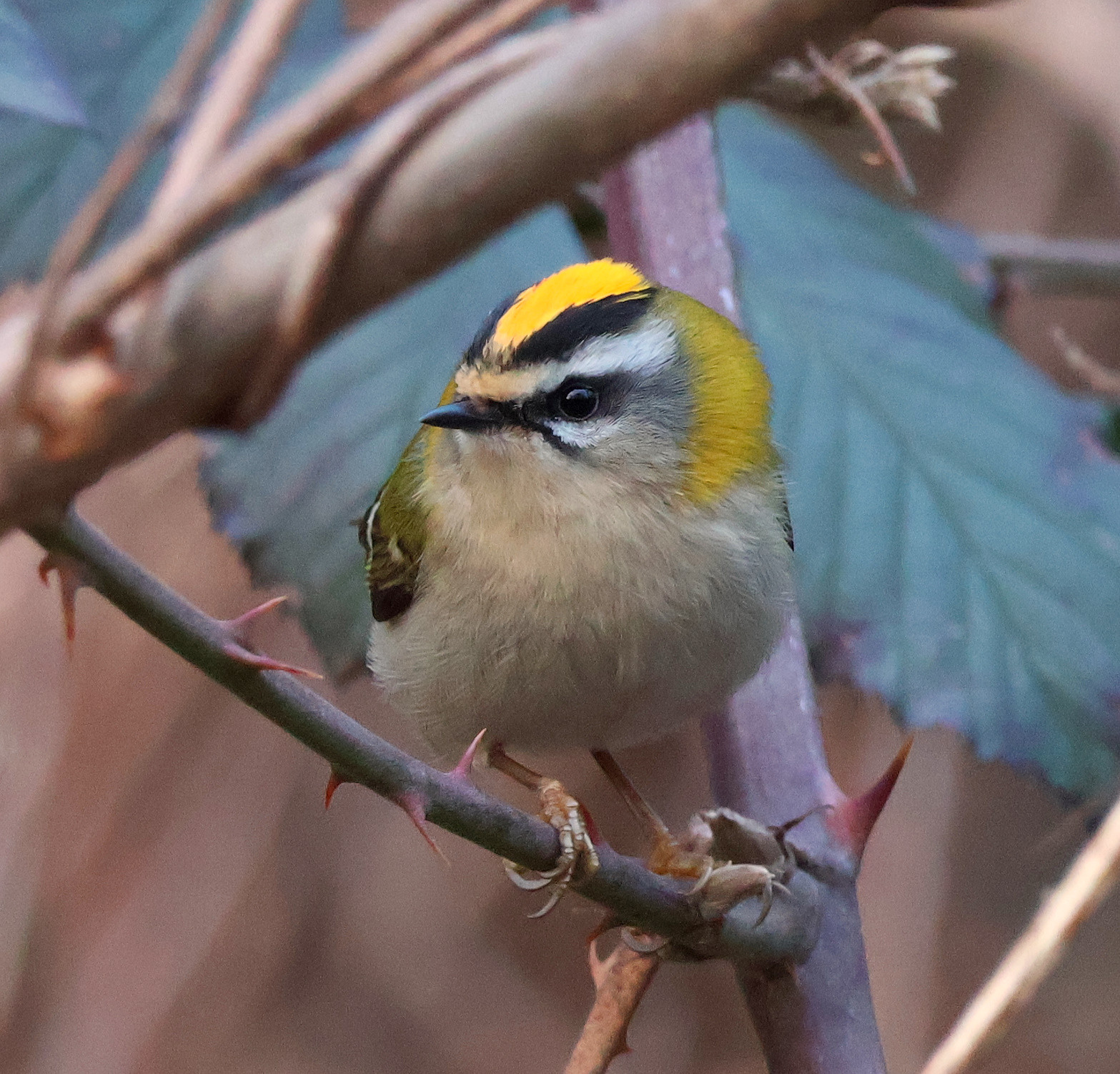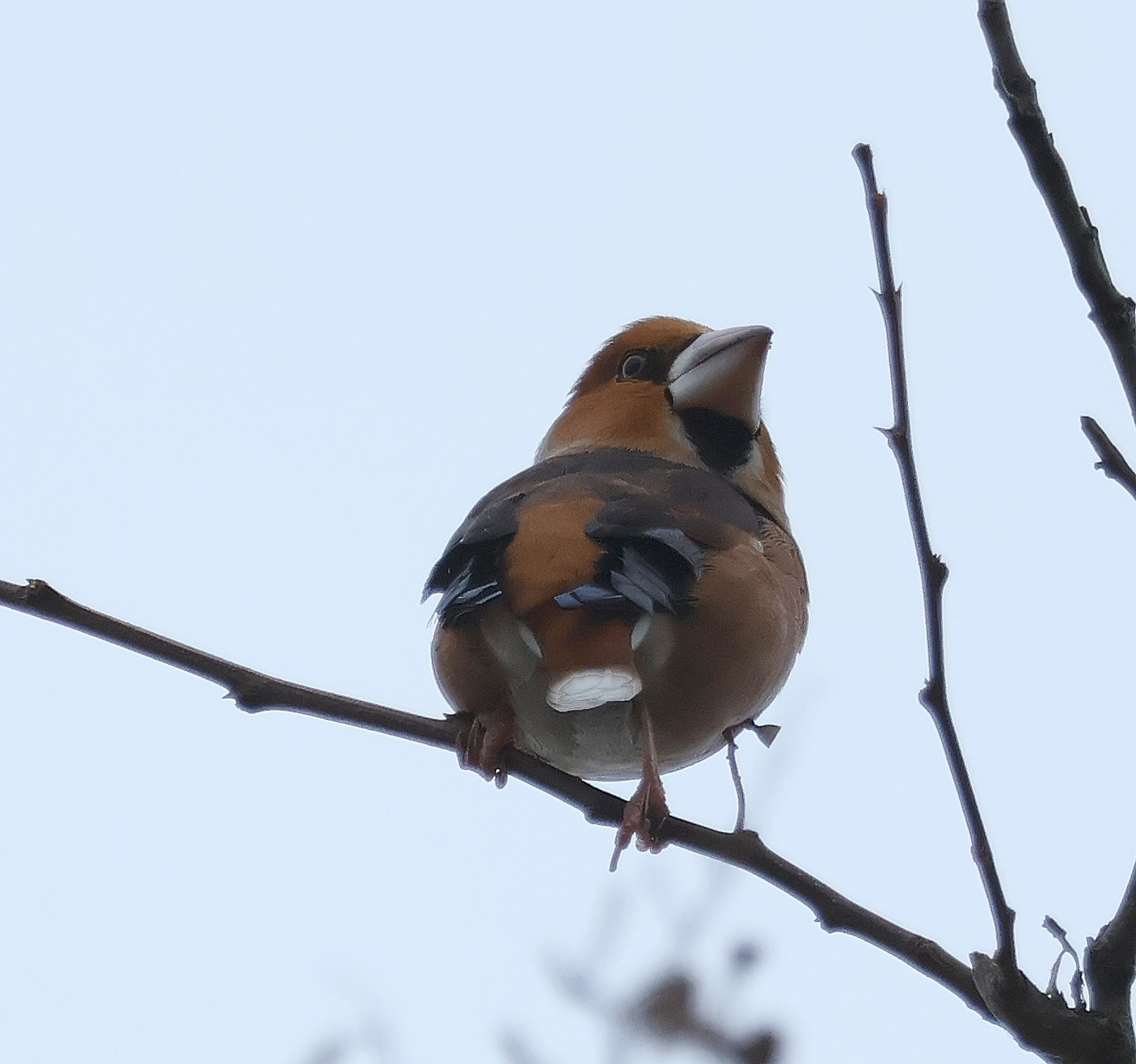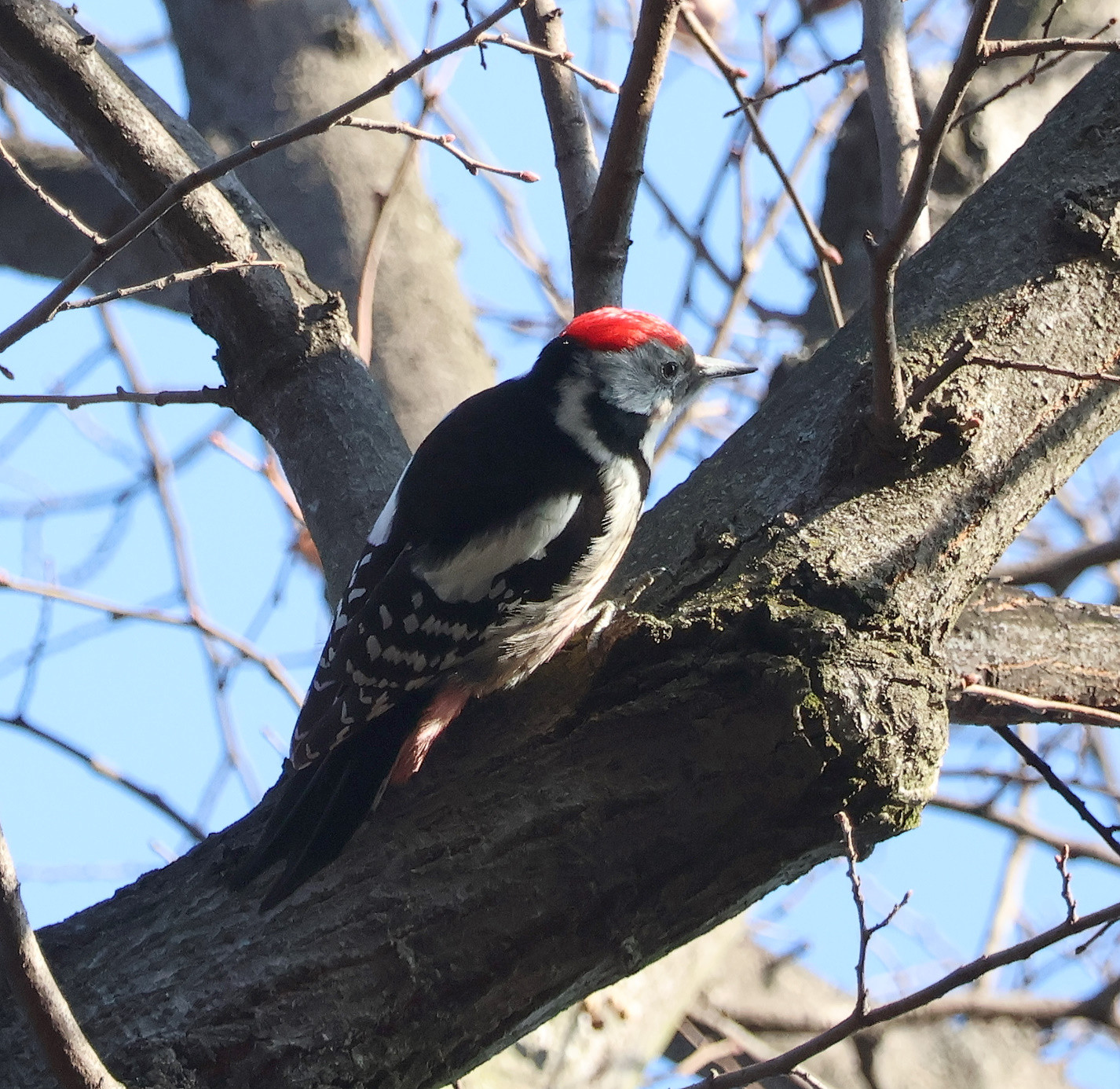Opis
Košutnjak oak forest is a former royal deer-hunting reserve. The Kosutnjak hill is 220 m high and the forest covers an area of 330 hectares. Over time, a transitional mixed vegetation of deciduous forests was formed, for example, the Hajdučka česma reserve is a preserved part of the forest community of English oak, the composition of which includes hornbeam, elm and a few silver linden trees, and shrub species of aspen, viburnum, hawthorn, etc. About 95 species of birds can be found on the territory of Košutnjak.
The forest is home to dzięcioł duży, dzięcioł średni, dzięciołek, dzięcioł zielonosiwy, dzięcioł zielony and dzięcioł czarny. But also many other forest birds like puszczyk zwyczajny, pełzacz ogrodowy, kowalik, paszkot, and pleszka.
Hajdučka Česma (Brigand's Fountain), at the center of the area, divides the forest into northern and southern parts. The northern part is probably more productive for birding, while the southern part has denser and darker forests. The western side of the forest near the DIF building (Faculty of Sport and Physical Education) consists of more mosaic habitats, with species like grubodziób, gil, and droździk. There are also several clearances within the forest and on the forest edge, like around Hajdučka Česma and Ski Slopes Košutnjak at the north, that add a bit of variance to the forest habitat.
Szczegóły
Dostęp
Košutnjak is located 6 km southwest of downtown Belgrade. The most common entry point is from Hajdučka Česma, but there are many others. Click on one of the P markings in the map for directions.
Teren i siedlisko
LasWarunki
PagórkowatyTrasa dookoła
TakCzy luneta będzie przydatna ?
NieUdany sezon obserwacyjny
Wiosna , Jesień , ZimaNajlepszy czas na wizytę
Wiosna , Jesień , ZimaTrasa
Szeroka ścieżka , Wąski szlakPoziom trudności szlaku pieszego
Średnio wymagający spacerDostępne
Pieszo , RowerCzatownia/platforma obserwacyjna
NieDodatkowe informacje
After the birding, do not miss to visit one of the many restaurants nearby.
Linki
- 'Košutnjak Forest, Belgrade' eBird hotspot
- 'Košutnjak--Pionirski Grad, Savski venac' eBird hotspot
- 'Košutnjak--DIF (Fakultet sporta i fizičkog vaspitanja)' eBird hotspot
- 'Košutnjak--Ski Staza (klub Aleksandar)' eBird hotspot
- 'Topčidersko groblje (cemetery grounds)' eBird hotspot
- eBird barchart of all hotspots


